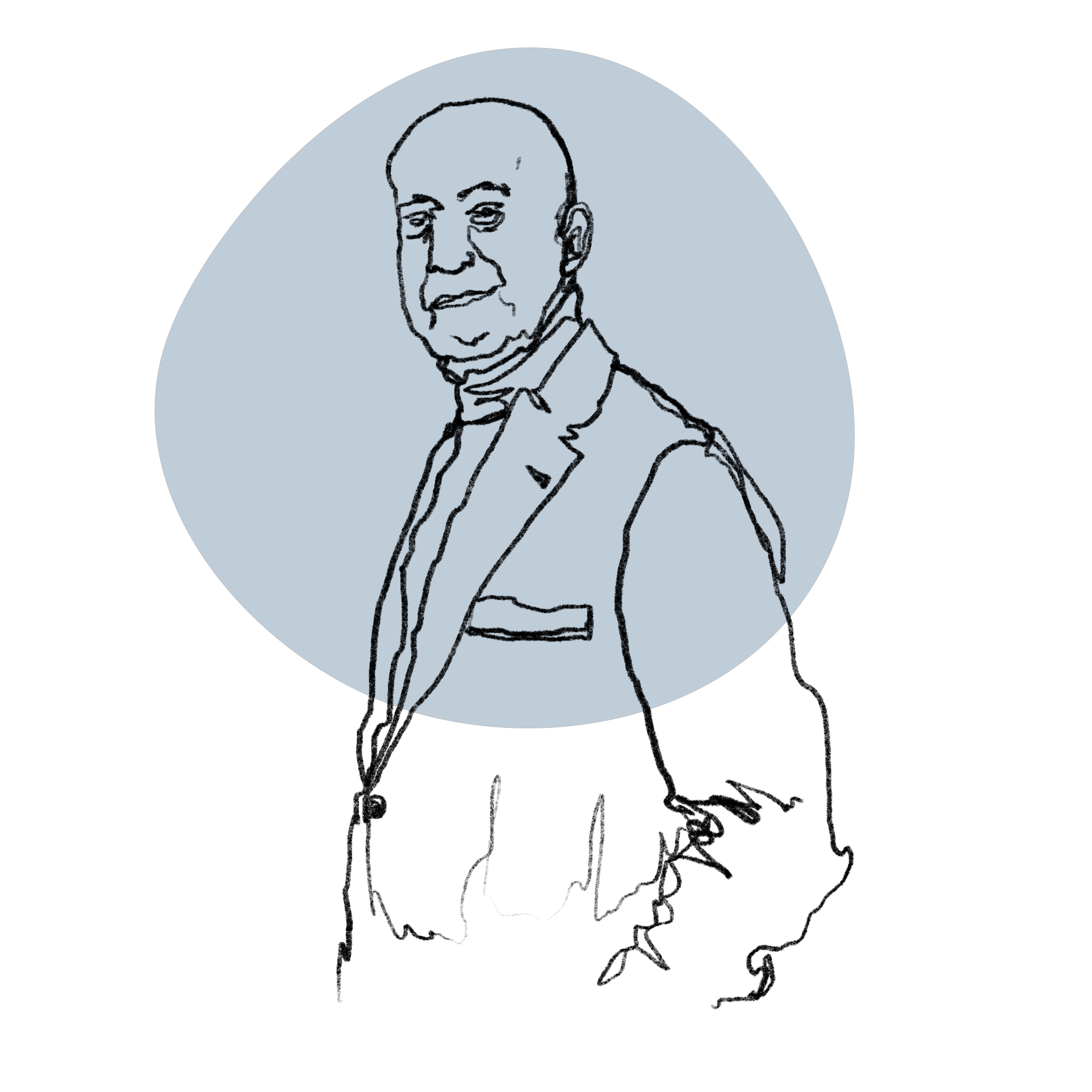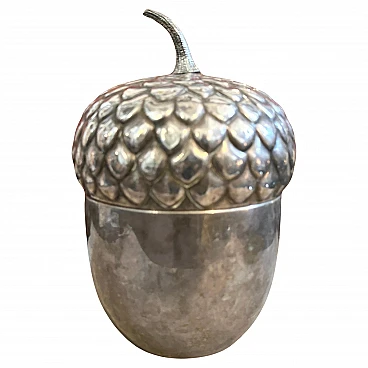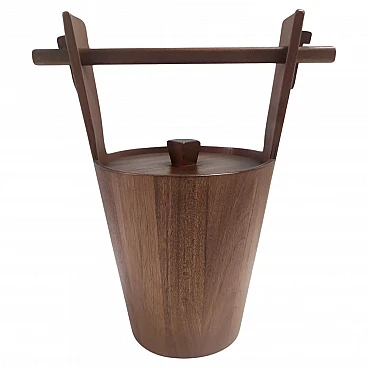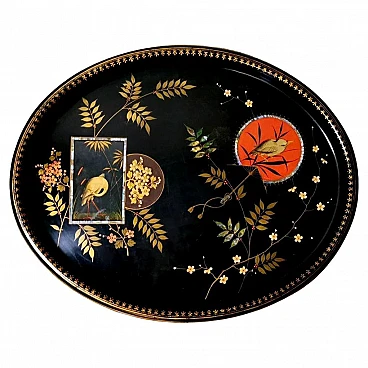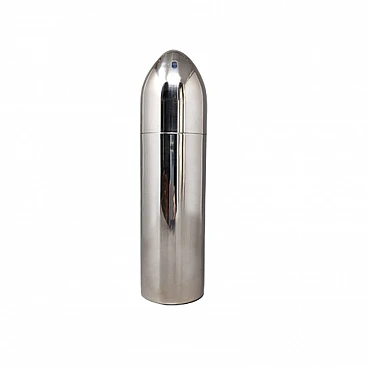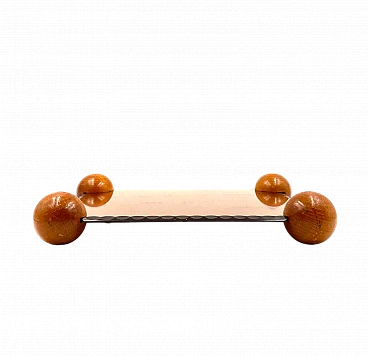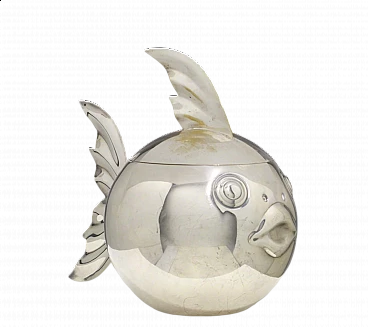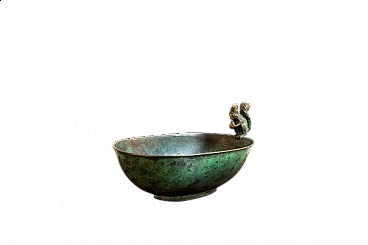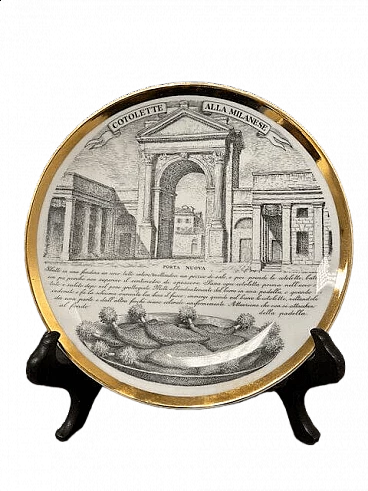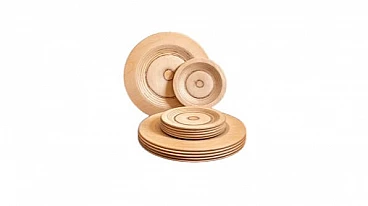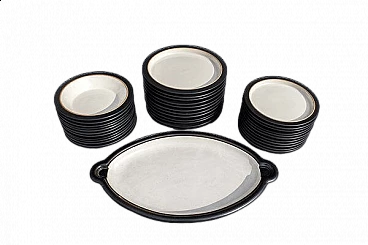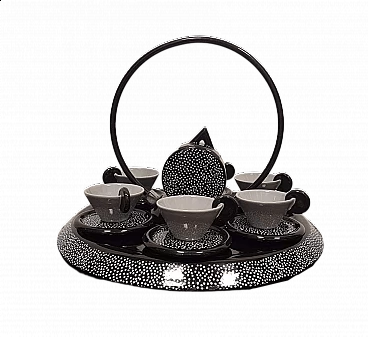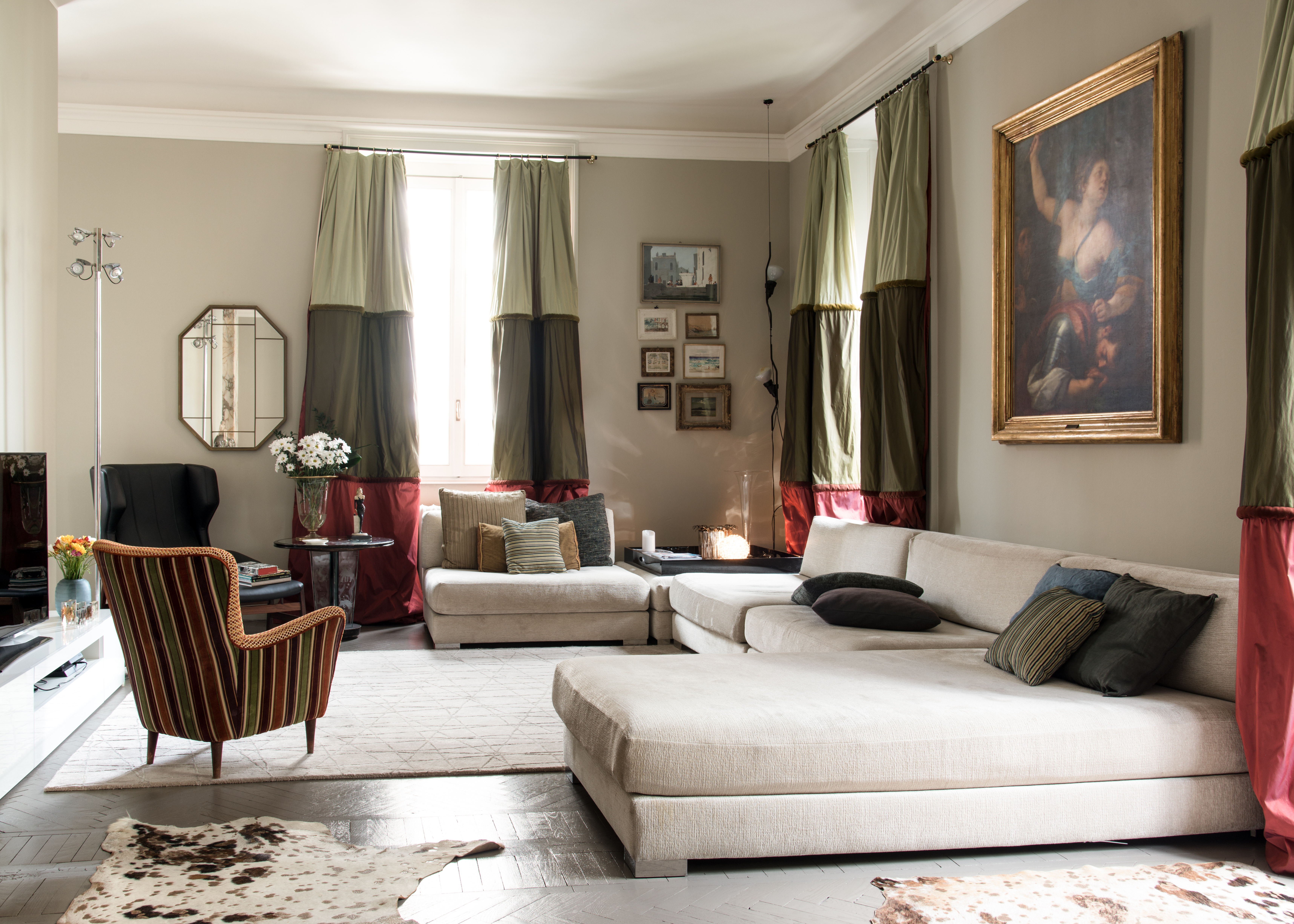Exceptional and rare pair of semi-porcelain English plates that can be used at the table but are also perfect for hanging on the wall. They were decorated with the "transferware" method; this type of processing refers to glazed ceramic decorated with a specific treatment that was made in England in Staffordshire. Copper plates were used on which the design was engraved; the plate was then inked and the design transferred onto a special fabric which was subsequently applied to the ceramic (plates, trays, tureens, etc.) which was glazed and fired. The first to use this printing process were John Sadler and John Verde of Liverpool in 1756. If we look at ceramics made with this method we will notice that the designs are not perfect and often the ink is smudged; this is their typical characteristic. Few English families could afford a set of hand-painted plates, with this method even middle-class families could have a set of decorated plates. The plates proposed here, after being processed in transferware (which was only blue), were finished by hand with soft and refined colors and then fired again in the oven to fix the color; these additional steps make them even more precious and unique. Below the plates is printed the pattern name "Noma" and the corresponding number "4317"; this pattern is inspired by the "Chinoiserie" style, which is a Western interpretation of Chinese art and design; a combination of Chinese and European elements, with intricate designs inspired by traditional Chinese porcelain but with a European stylistic touch. The brand has often been erroneously attributed to Wedgwood but these plates have unmistakable characteristics which firmly link them to the firm of Ridgway & Abington, Church Works, which produced them at Hanley in Staffordshire between 1835 and 1860. We attach a description of the model taken from an accurate list of model numbers from n. 18 at no. 9706 in the "Ridgway Model Book" volume: "4317 dessert Dessert plate. Terracotta. "Noma" print in fluid mulberry, solid iron red, pink, opaque orange, yellow-green, blue-green. Gold underlining, margin line, tracing on the plumage".
"Church Works" refers to the location where the license plates were manufactured, and it is common for some businesses to include the name or location in their branding. The Ridgway Studio was founded by brothers George and Job Ridgway in 1792. The factory concentrated on the production of porcelain, ceramics and luxury goods, soon becoming one of the most important ceramic manufacturers in England. Ridgway & Abington operated under this name between 1835 and July 1860, when Edward James Ridgway was in partnership with James A. James Abington; they produced jugs with relief decorations and plates with colorful designs. After this collaboration, Ridgway continued production, under different names and brands, until the 1960s. For all our shipments we use special packaging materials (custom-made wooden crates, polystyrene, etc.) for maximum protection and safety of the items.
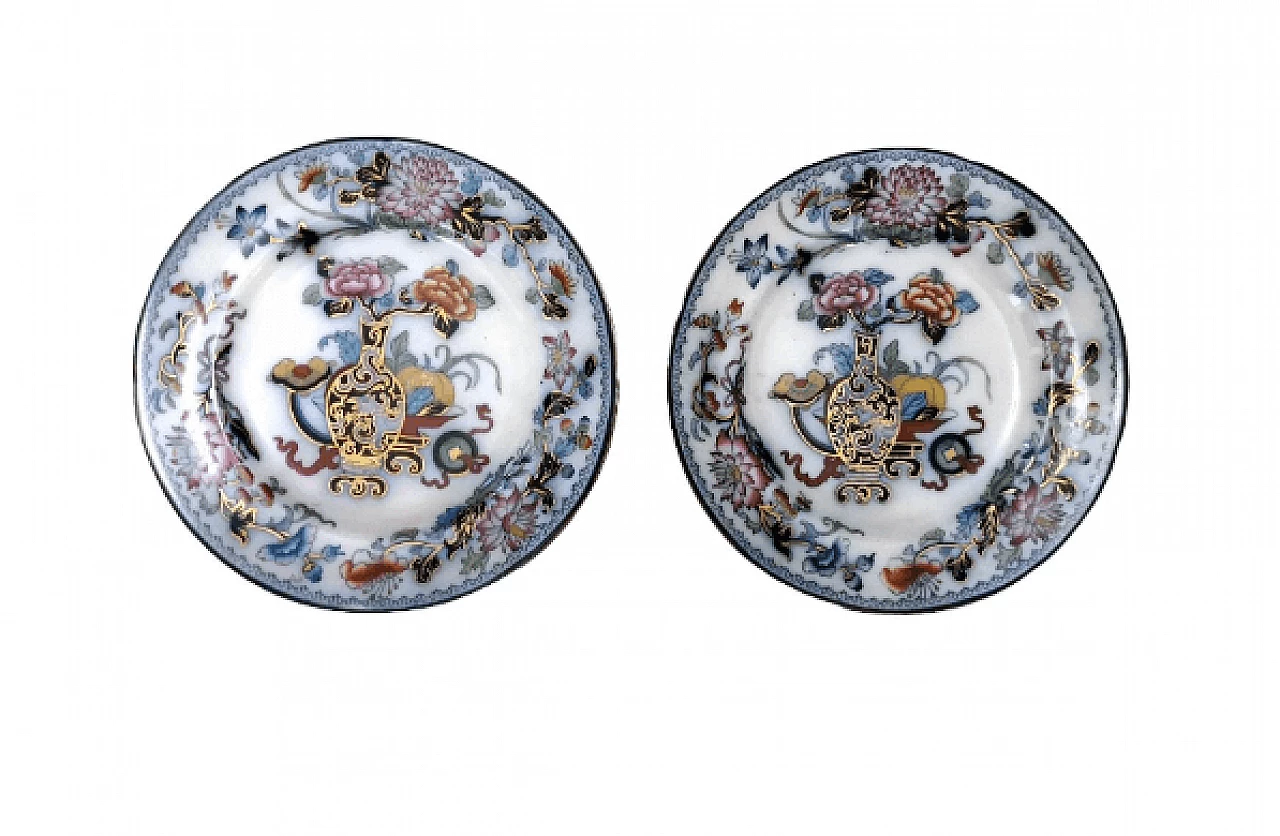
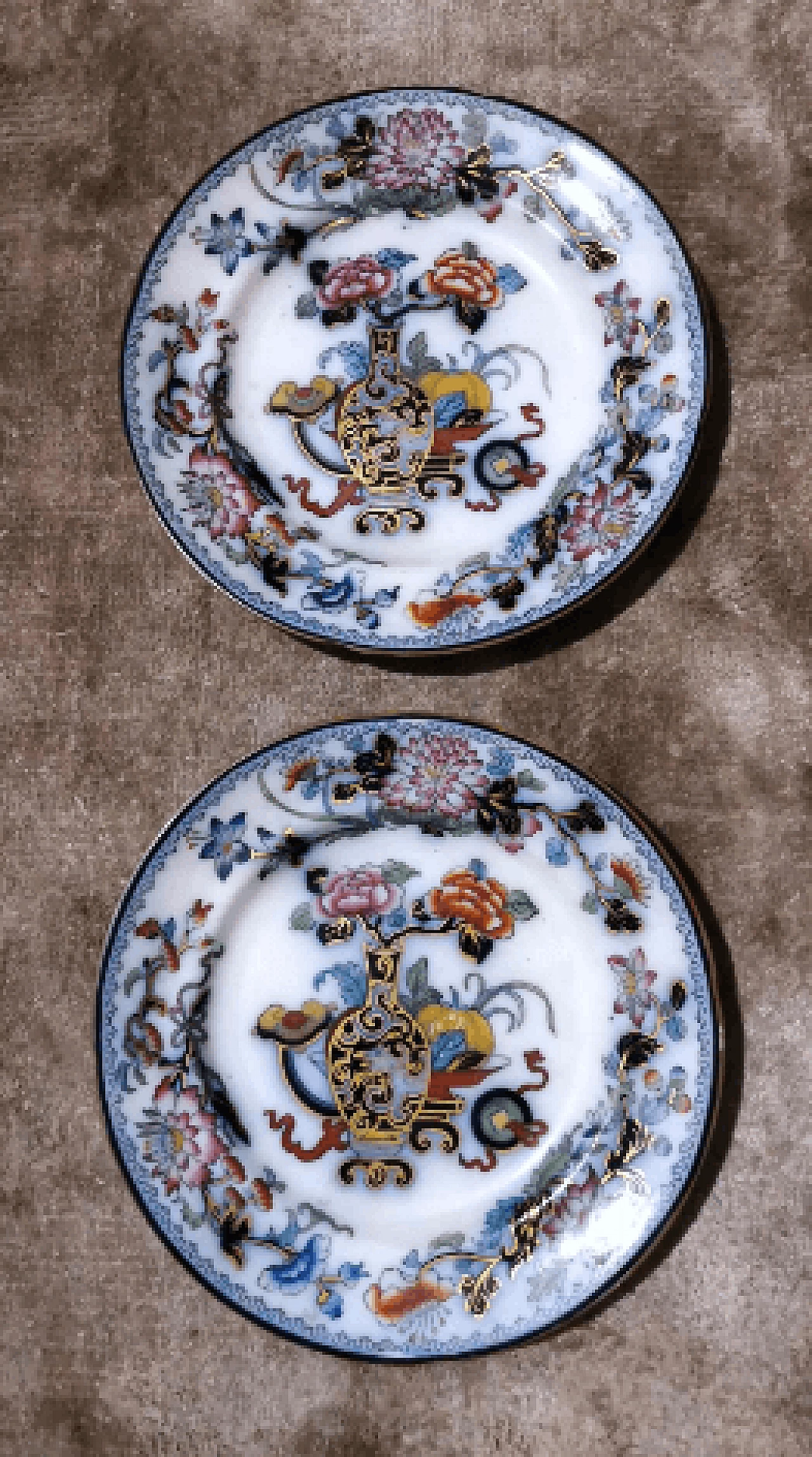
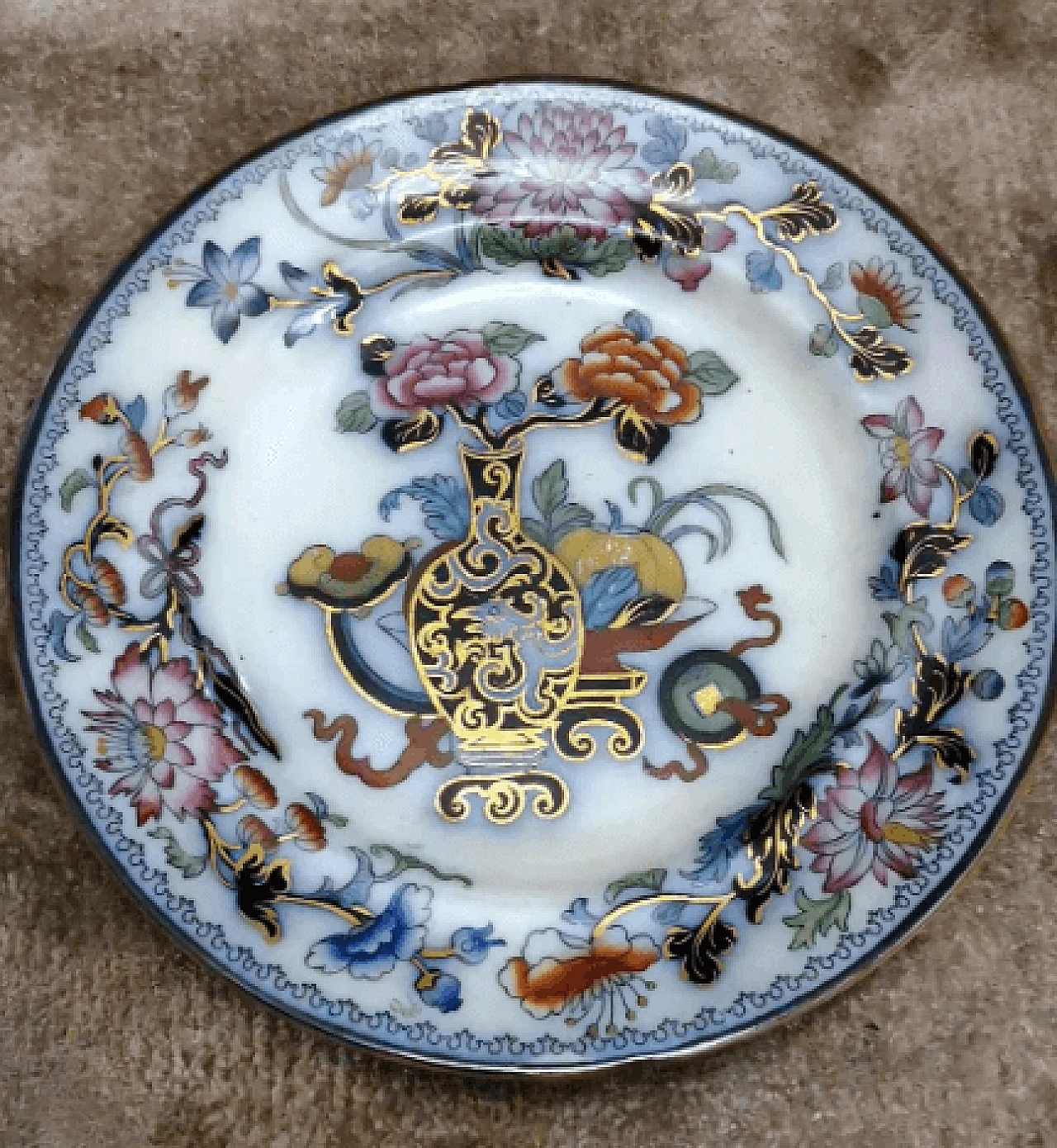
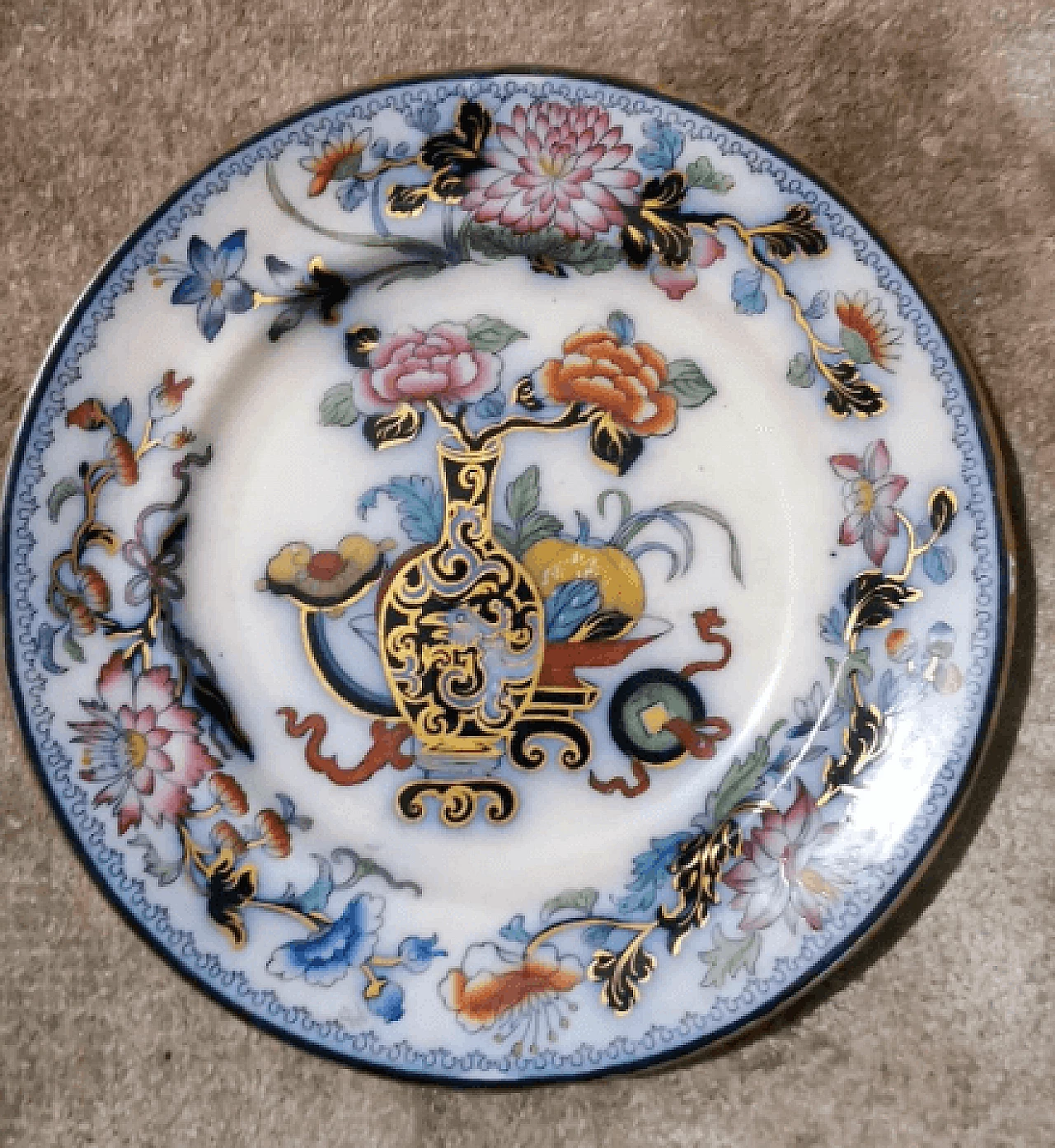
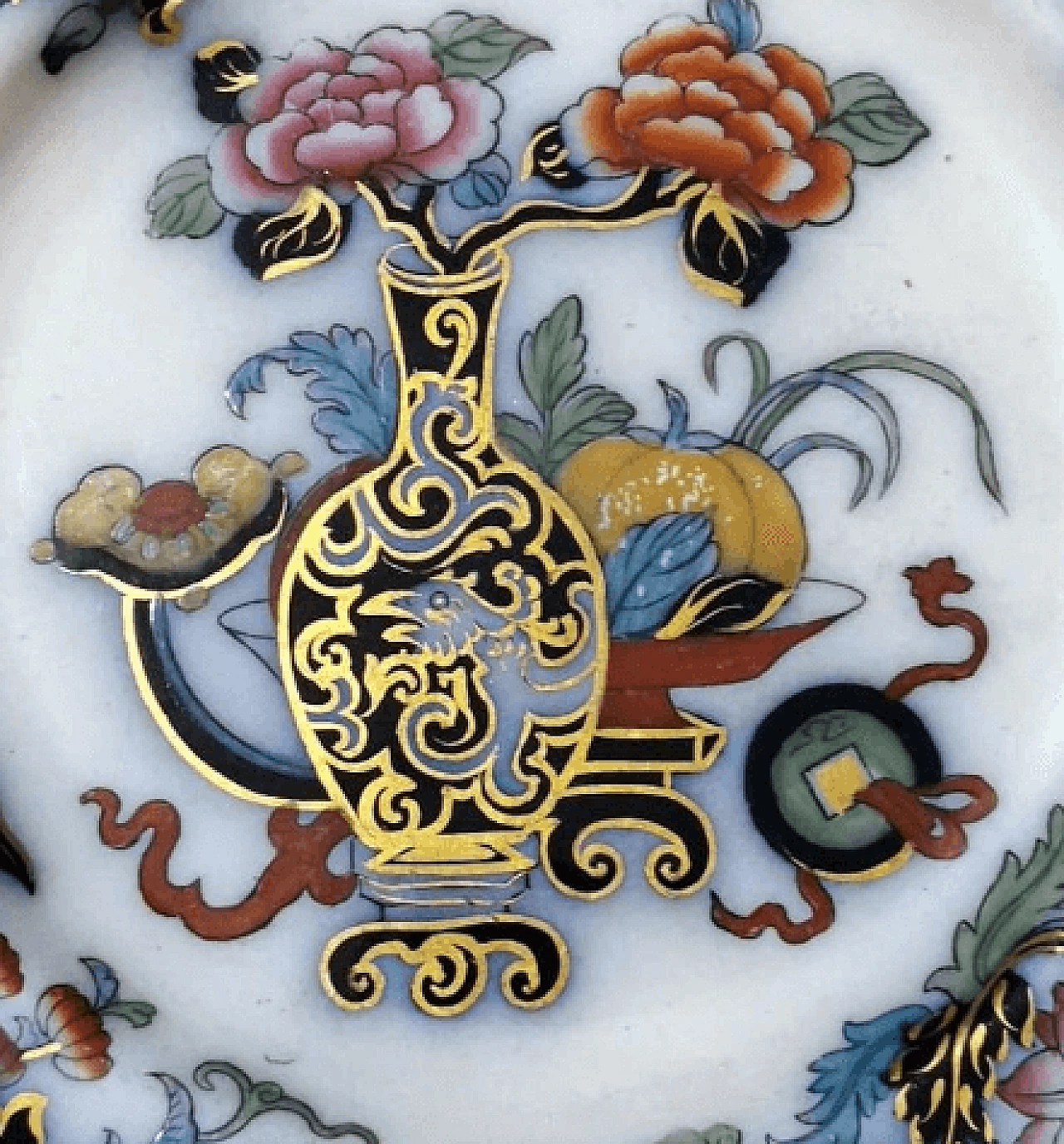
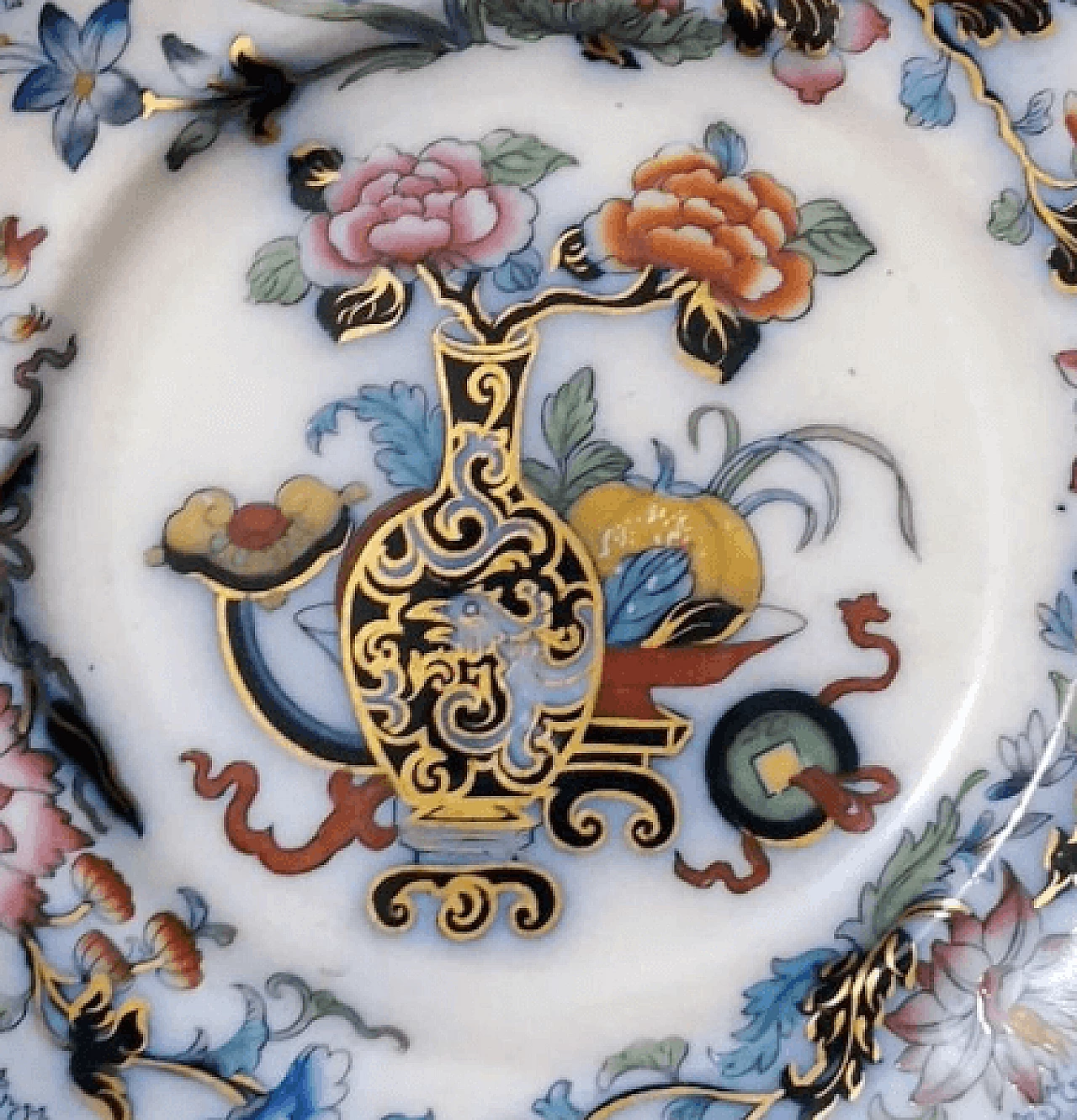
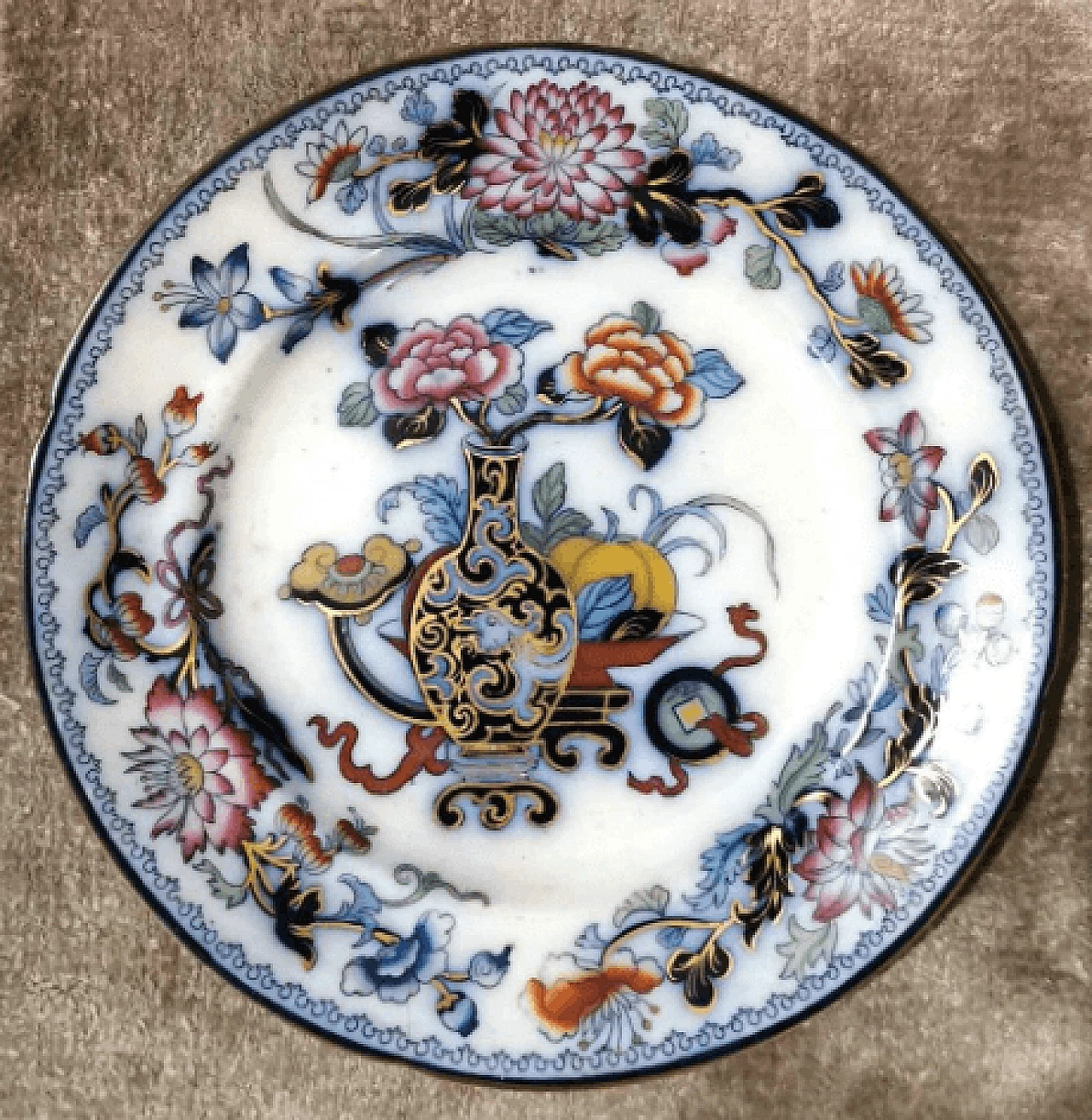
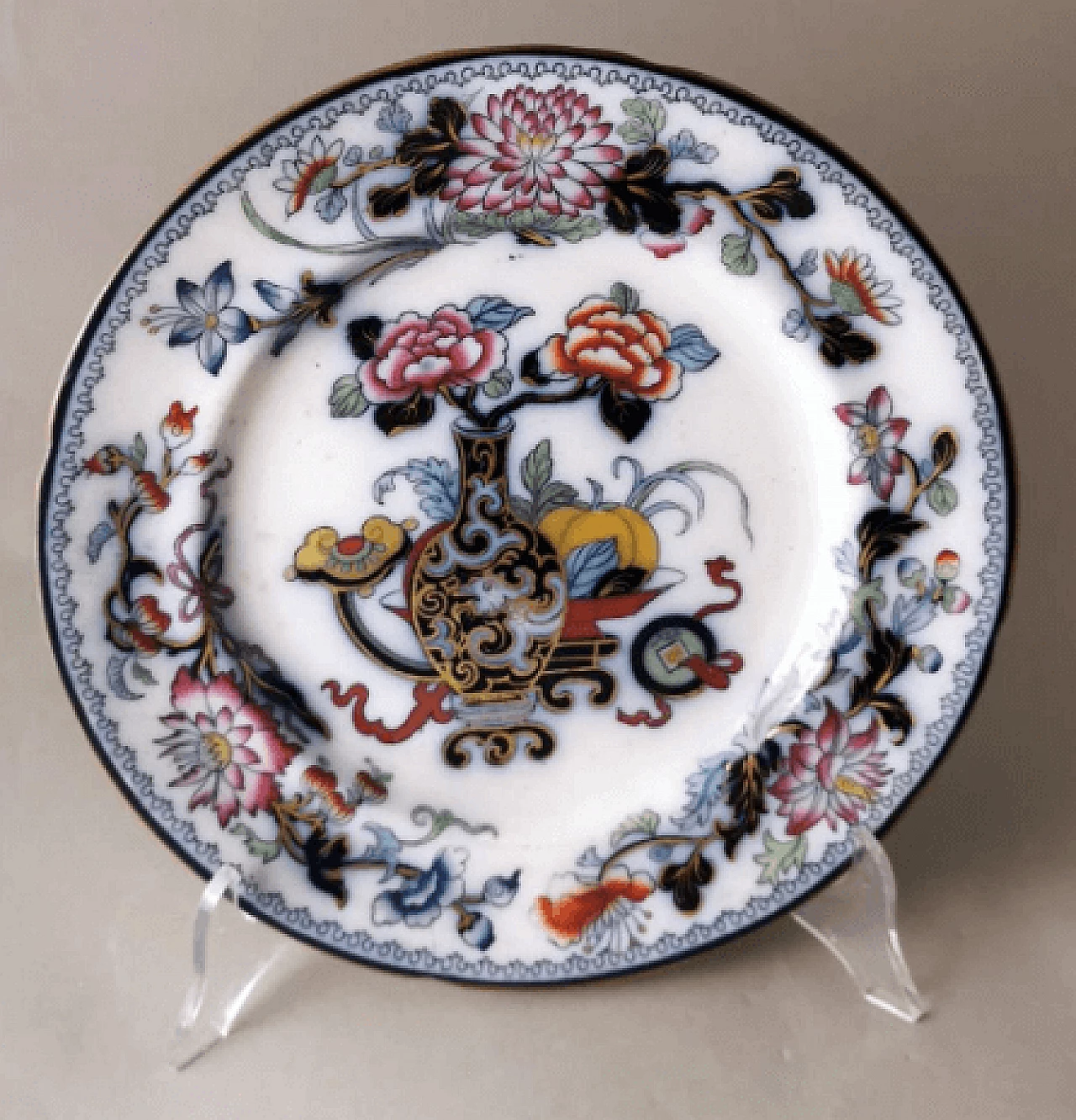
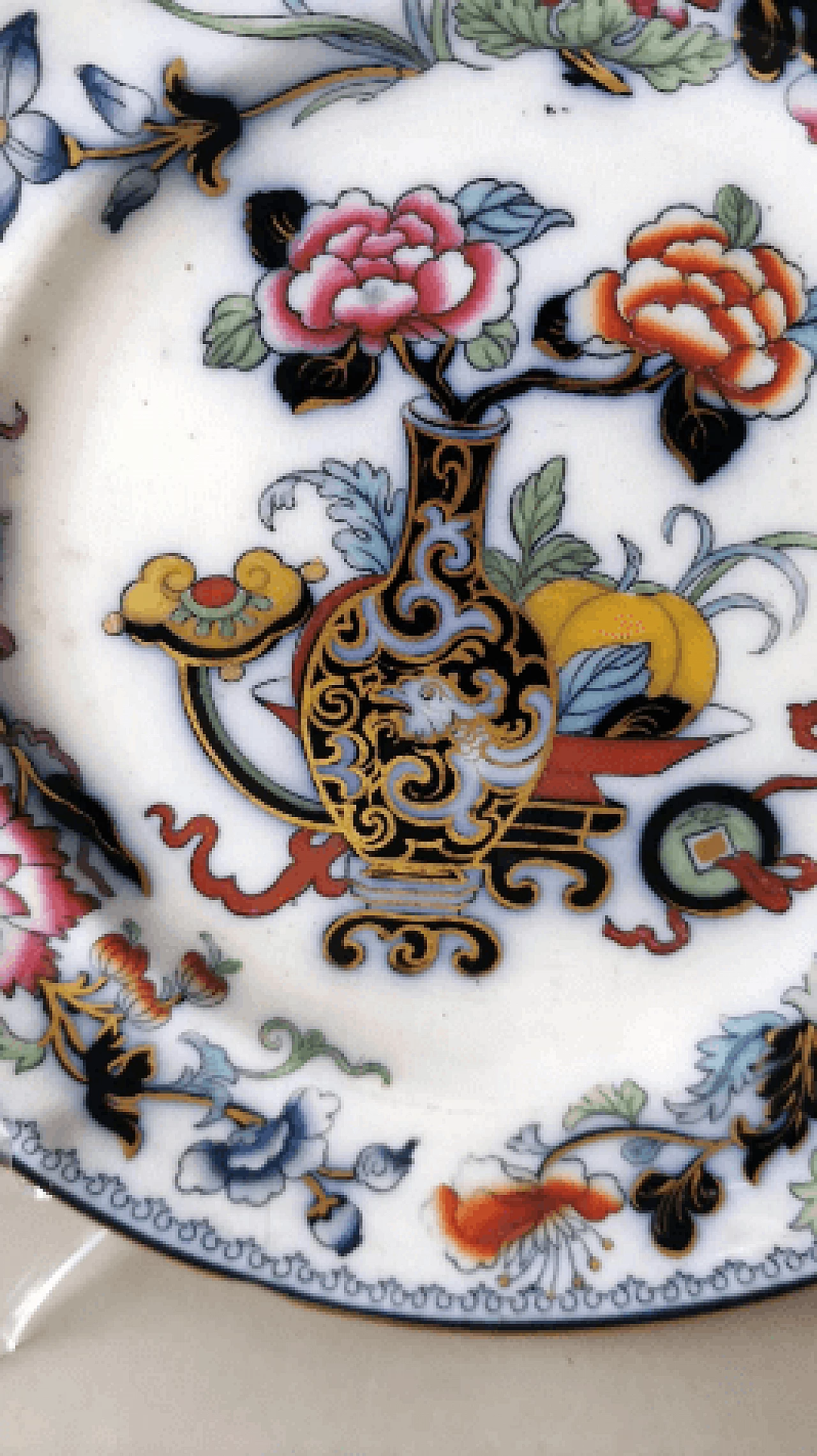
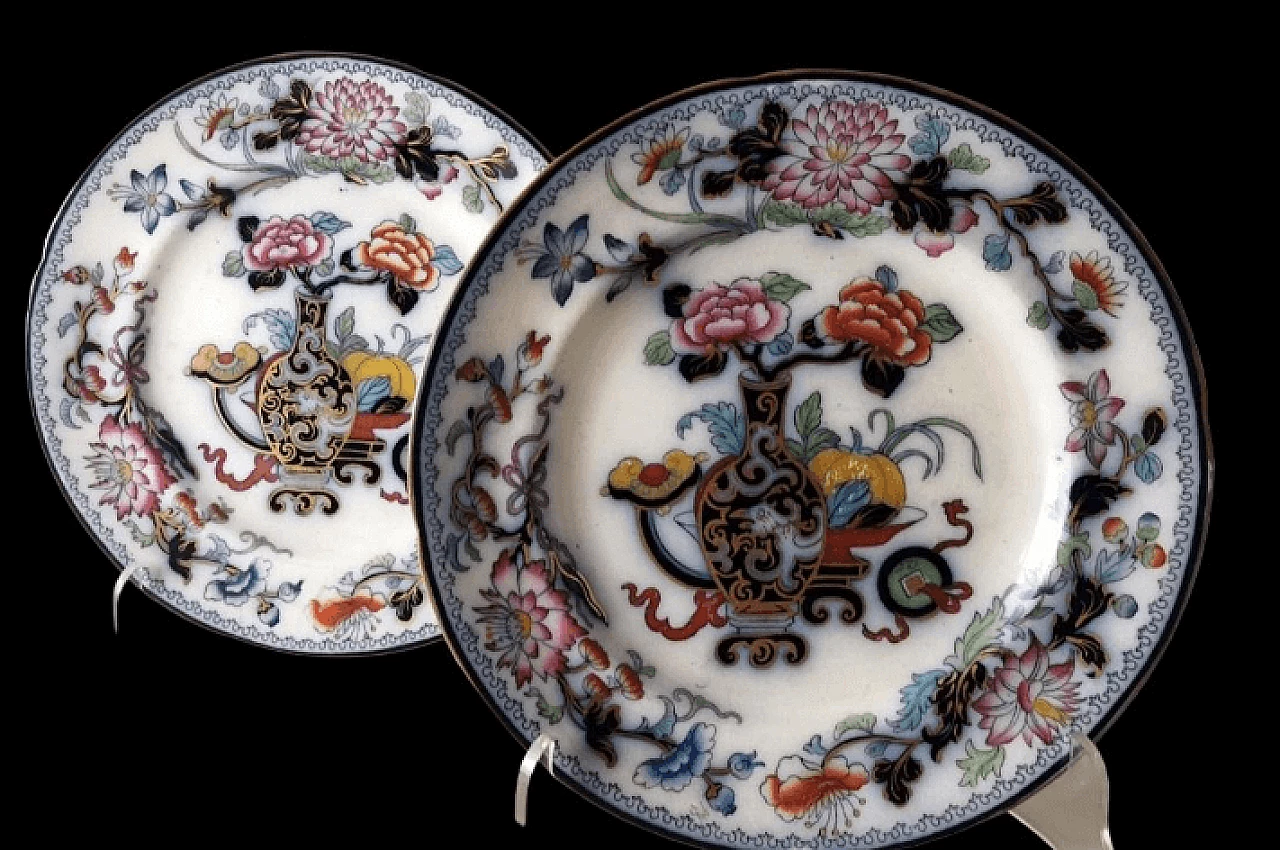
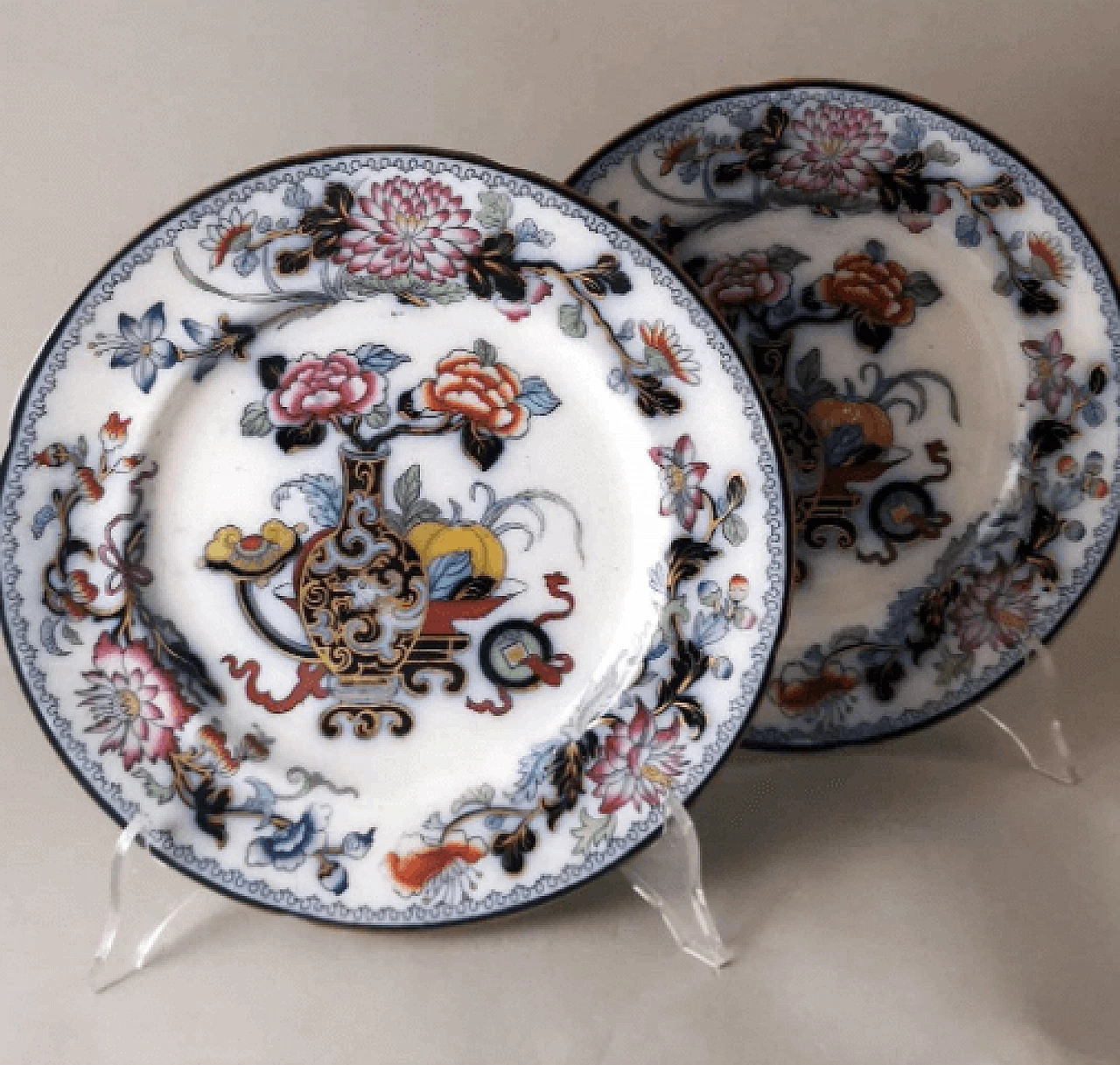
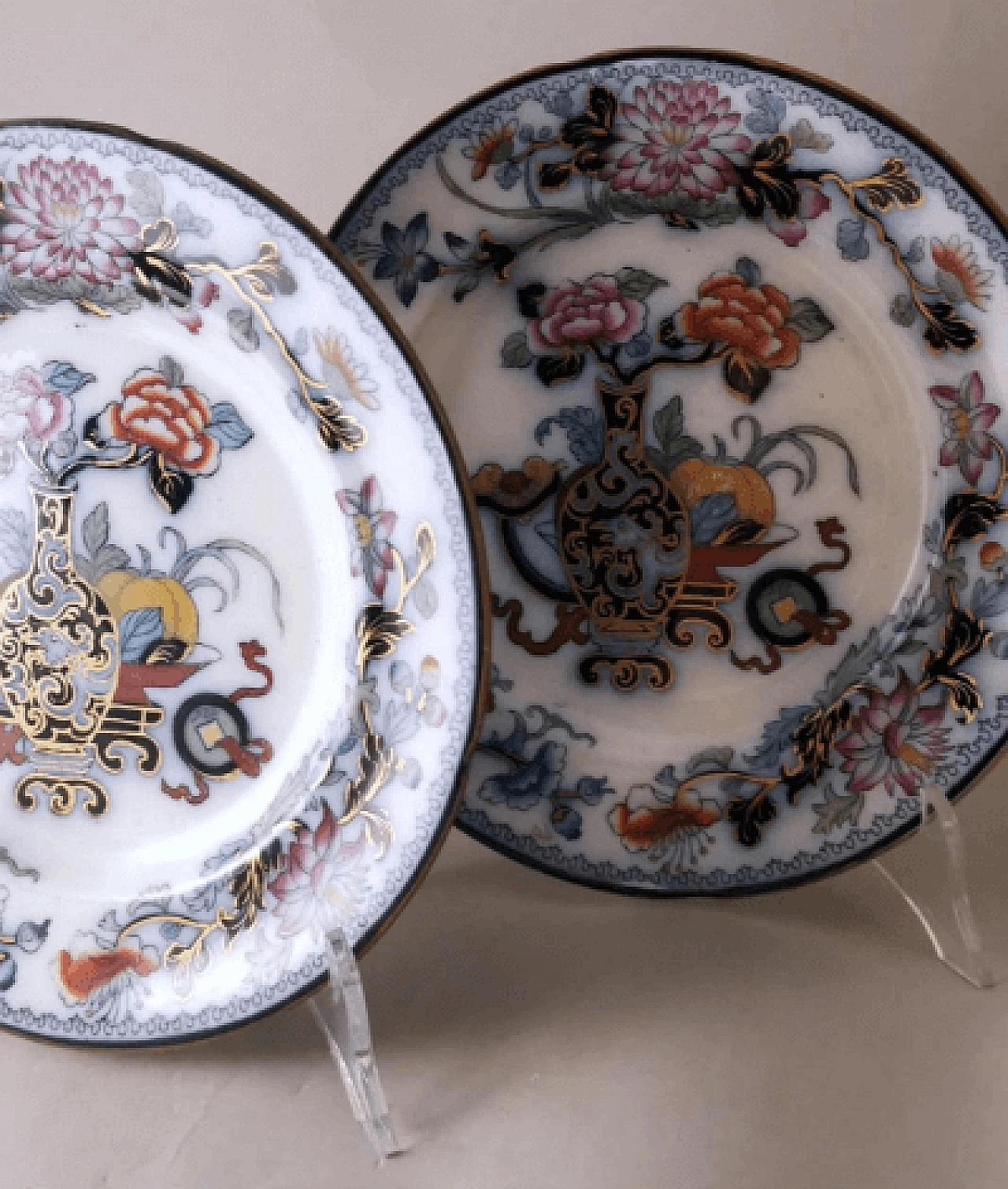
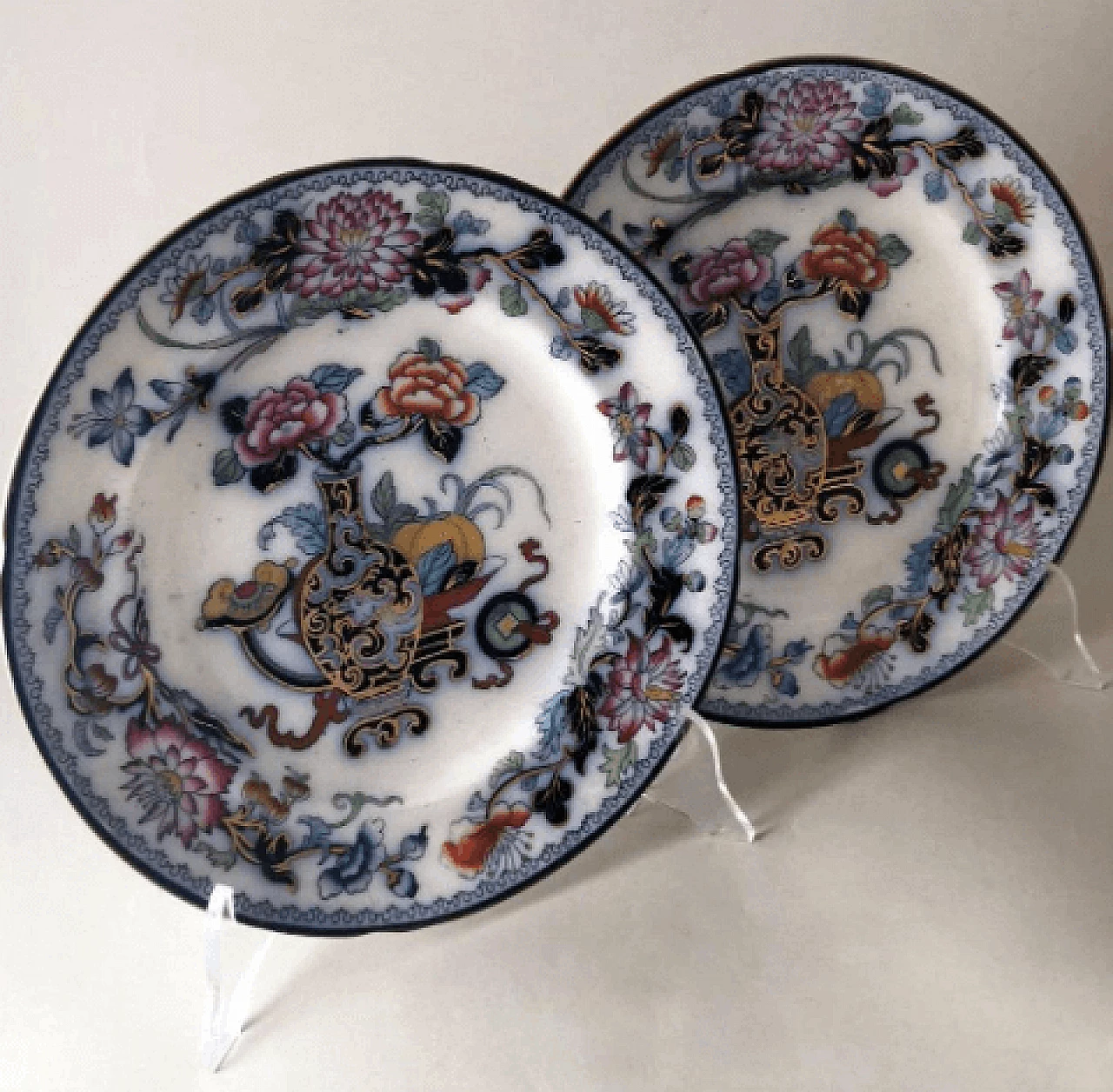
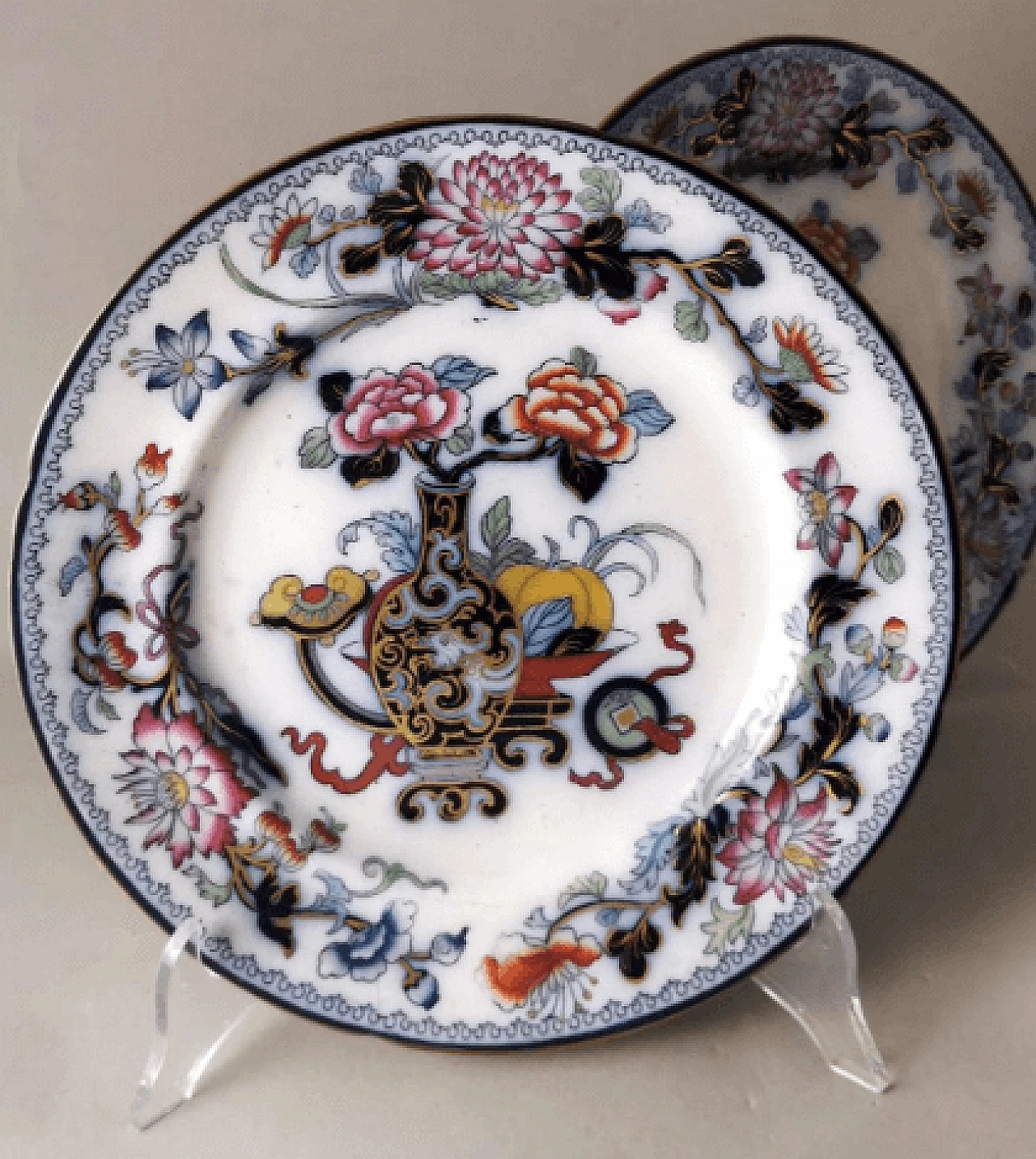
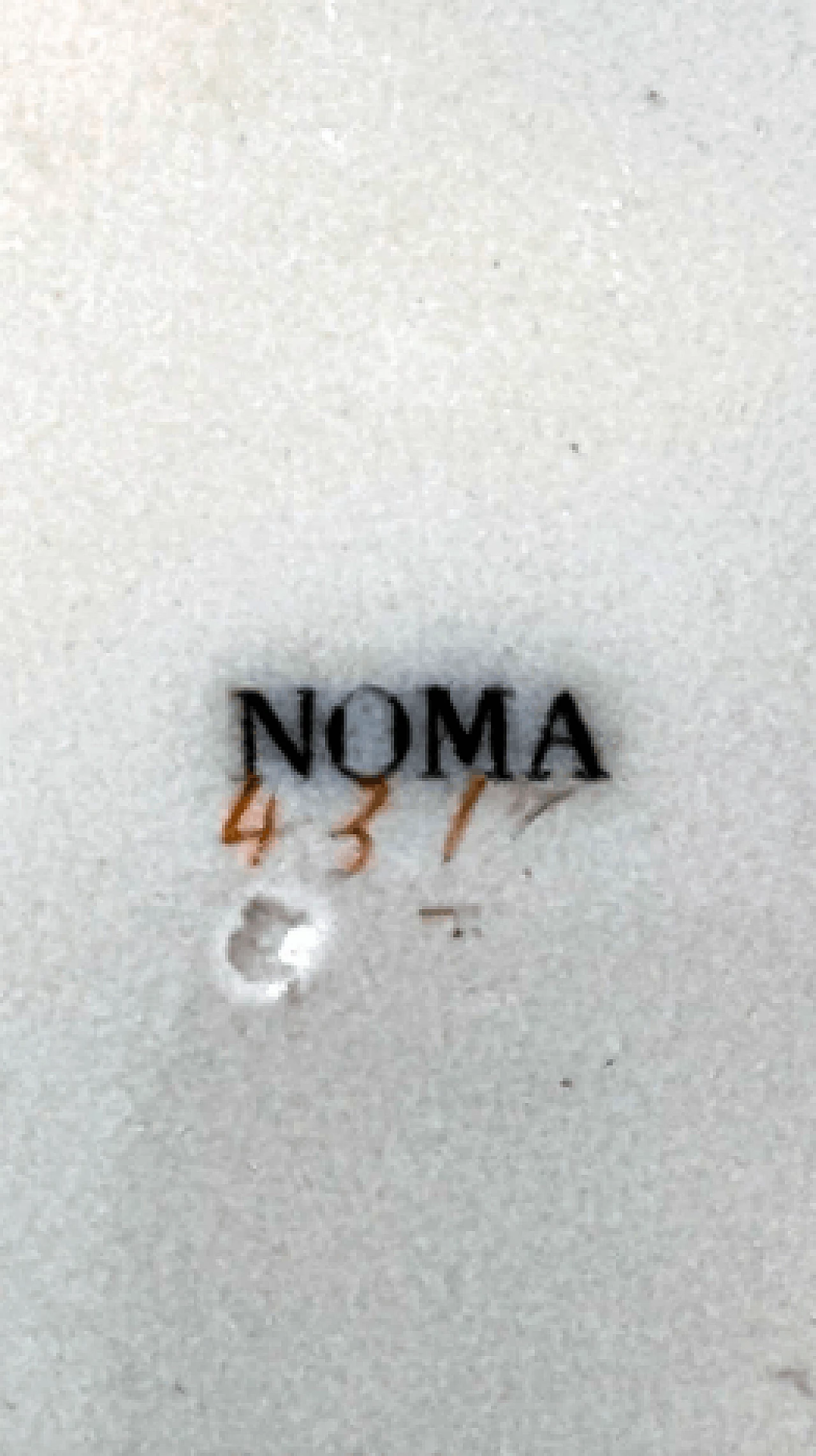
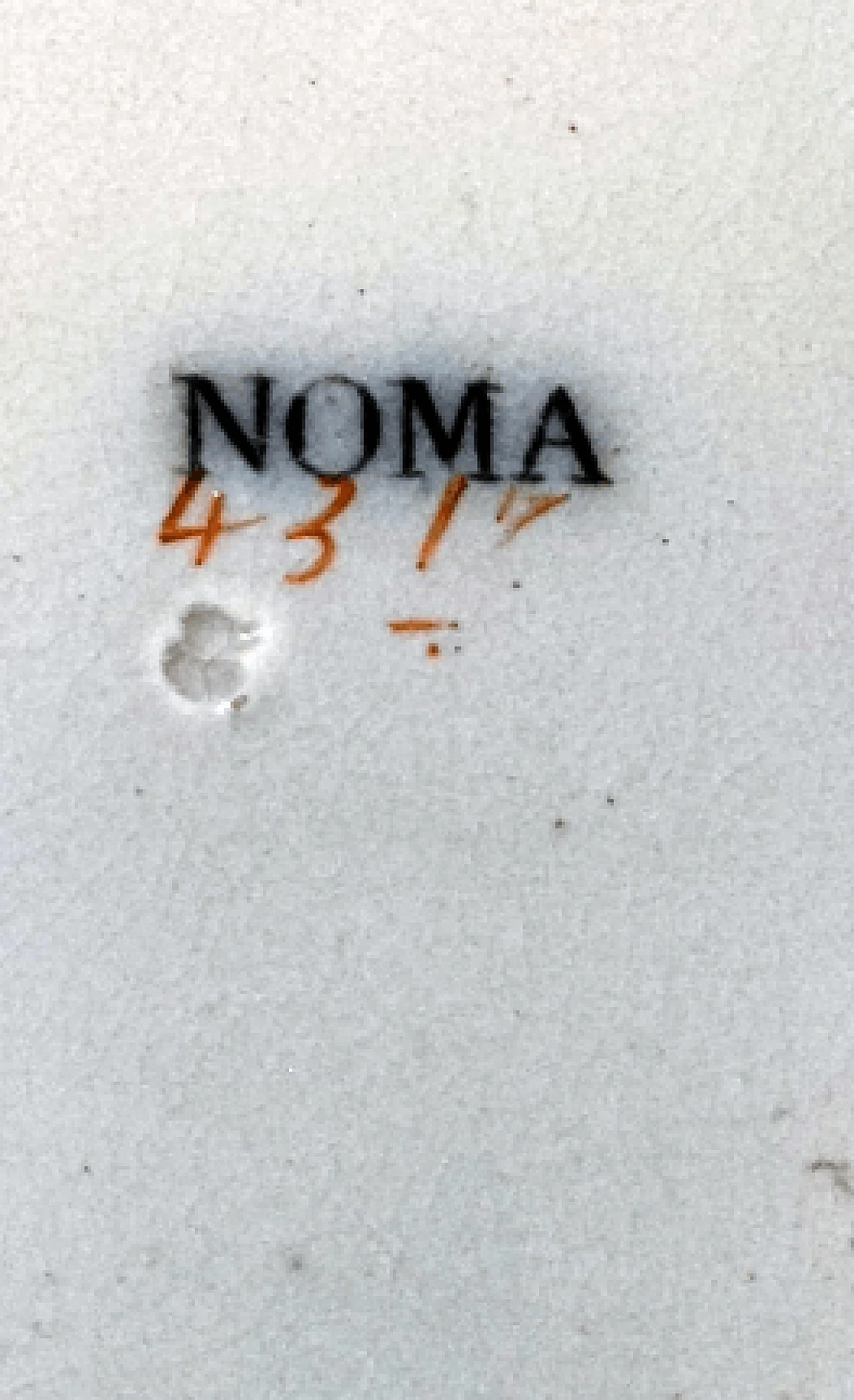
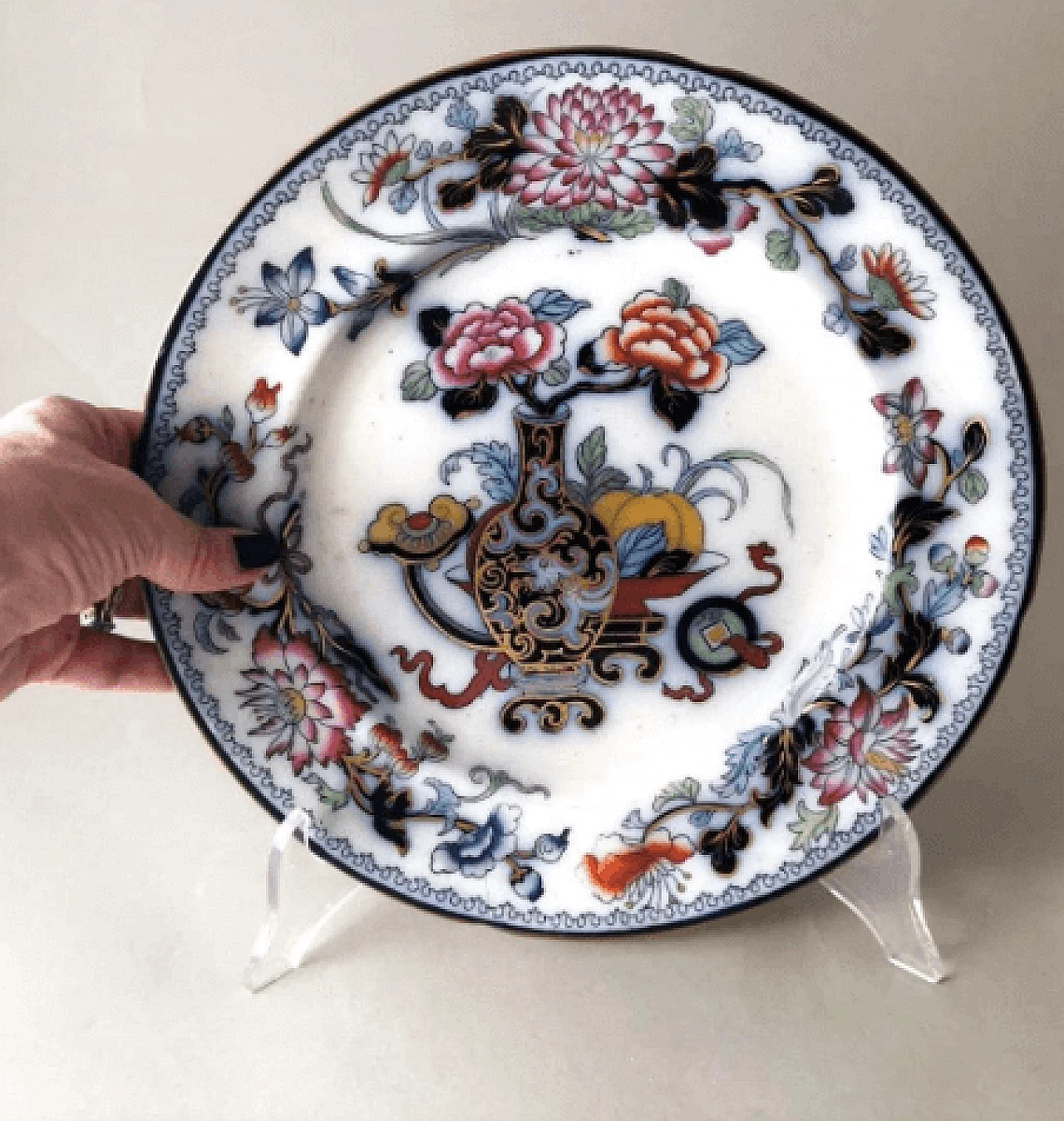
 SILVER Seller in Prato, Italy
SILVER Seller in Prato, Italy






.png)



